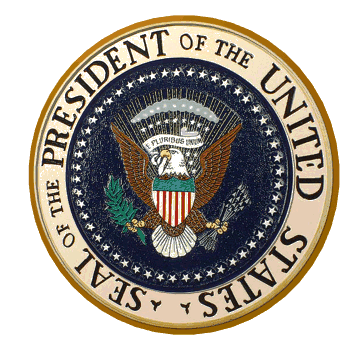 TheUSAPresidents.com
TheUSAPresidents.com 
 TheUSAPresidents.com
TheUSAPresidents.com 
 We have pages on every election!
We have pages on every election!

AndyHogan14, Public domain, via Wikimedia Commons
The 1824 election took place from Tuesday, October 26 - Thursday, December 2, 1824.
By this election, the Federalist party was disbanded. Federalists that remained, if any, tended to support John Quincy Adams. Because the Democratic-Republican party was the only party in the United States, the presidential election was basically what the Democratic-Republican primaries would have been. It was interesting, though, mostly because all candidates agreed on most issues. Support for candidates was regional; Adams had support mostly in the North, Clay in the West, Crawford in the East, but Jackson had support all over.
The electoral college increased to 261; 131 needed to win. 365,833 people voted in this election. It was the first election where poor white men could vote as in several states, property ownership was no longer a voting requirement.
The presidential results were not conclusive.
While Andrew Jackson got the most electoral votes and the highest percentage of the popular vote, he did not reach the majority of the electoral votes. Because of this, the House had to vote. However, the twelfth amendment to the Constitution said only the top three candidates would be considered, meaning Henry Clay would not be included. Each state would have one vote. Since there were 24 states, there were 24 votes total; 13 needed to win.
TheUSAPresidents.com
About Us Legal Political policy Reliability
Information on this site should not be plagiarized. This site is intended for hobby purposes, not commercial. Visit here for more information.